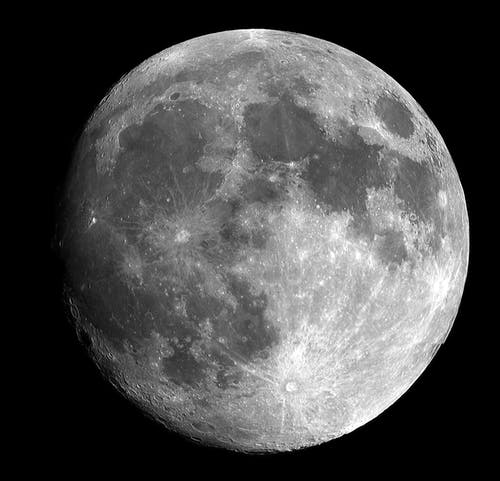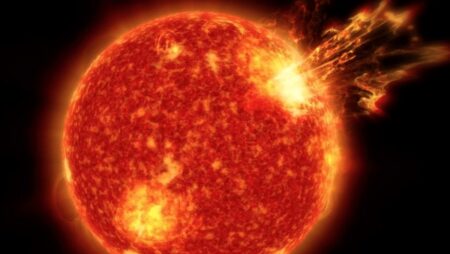Several water deposits on the moon, which have been discovered by scientists, may have had their start in our planet’s atmosphere.
According to new research, an estimated amount of water equivalent to a lake’s worth of water that evaporated from Earth’s atmosphere millions of years ago may be spread under the moon’s surface as liquid deposits or buried in permafrost, according to new research.
This earthly water may cover up to 840 cubic miles (3,500 cubic kilometers) in the moon’s polar regions, which is almost equal to the amount of Lake Huron in North America, which is the world’s eighth-largest lake by volume.
Researchers from the University of Alaska Fairbanks worked on the study. They looked at how oxygen and hydrogen ions leave the top layer of the Earth’s atmosphere and interact with its magnetic field when the moon passes through it.
A magnetosphere is the area of space around our planet that is shielded by the planet’s magnetic field lines and so provides protection. In the direction of the sun, it is flattened, but it extends into Earth’s shadow in the shape of a tear-shaped magnetotail. Five times a month, the moon passes through this magnetotail, and prior measurements by satellites orbiting Earth have revealed the existence of water-forming ions in this area when the moon passes through this region.
A statement from the researchers said that when the moon crosses over the magnetotail, it disrupts certain magnetic lines, resulting in a “shower” of water ions that rush back toward the planet. Many of these ions, according to the researchers, collide with the passing moon and get
caught in the lunar permafrost, where they remain for years. As a result of the impacts of asteroids, the water may be pushed even farther below the surface, where it can condense into liquid deposit formation.
According to the experts, approximately one percent of the water that evaporates from Earth’s atmosphere might potentially end up on the moon as a result of this process.
In contrast, Earth’s water constitutes just a minuscule percentage of the total quantity of water predicted to exist on the moon. The bulk of the material is assumed to have originated from asteroids and comets that collided with the moon in the past, mostly during the Late Heavy Bombardment era around 3.5 billion years ago.
According to scientists, water may have travelled to the moon through the solar wind, which is a stream of plasma that flows from the sun’s surface and has been shown to include ions of oxygen and hydrogen ions.
Finding readily available water on the moon is critical to the objectives of NASA and its partners, who want to construct a long-term human settlement on the moon as part of the Artemis mission later this decade.
In the journal Scientific Reports, the findings of the research were published only last month.
Published by: Ifa Zamzami













